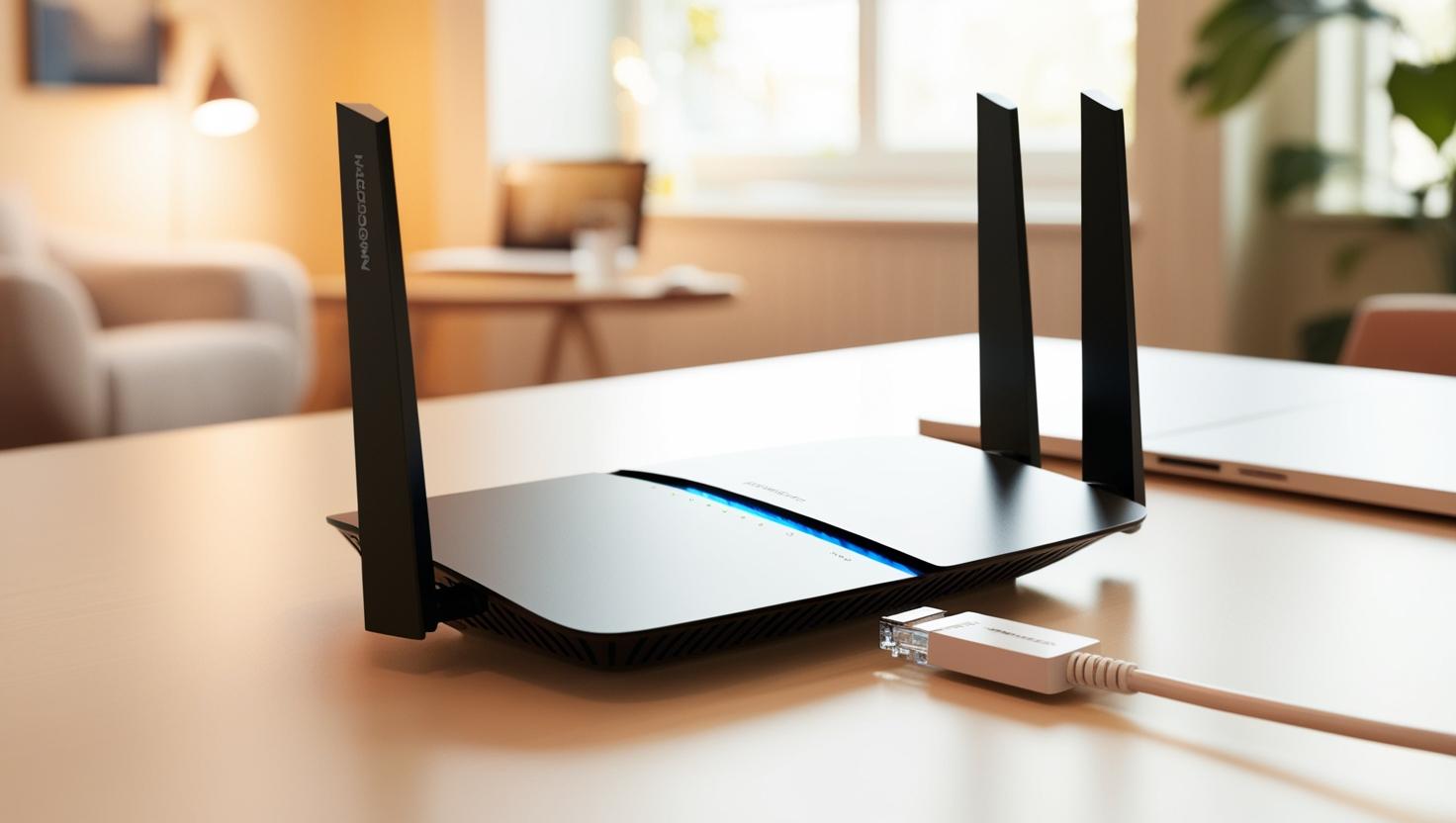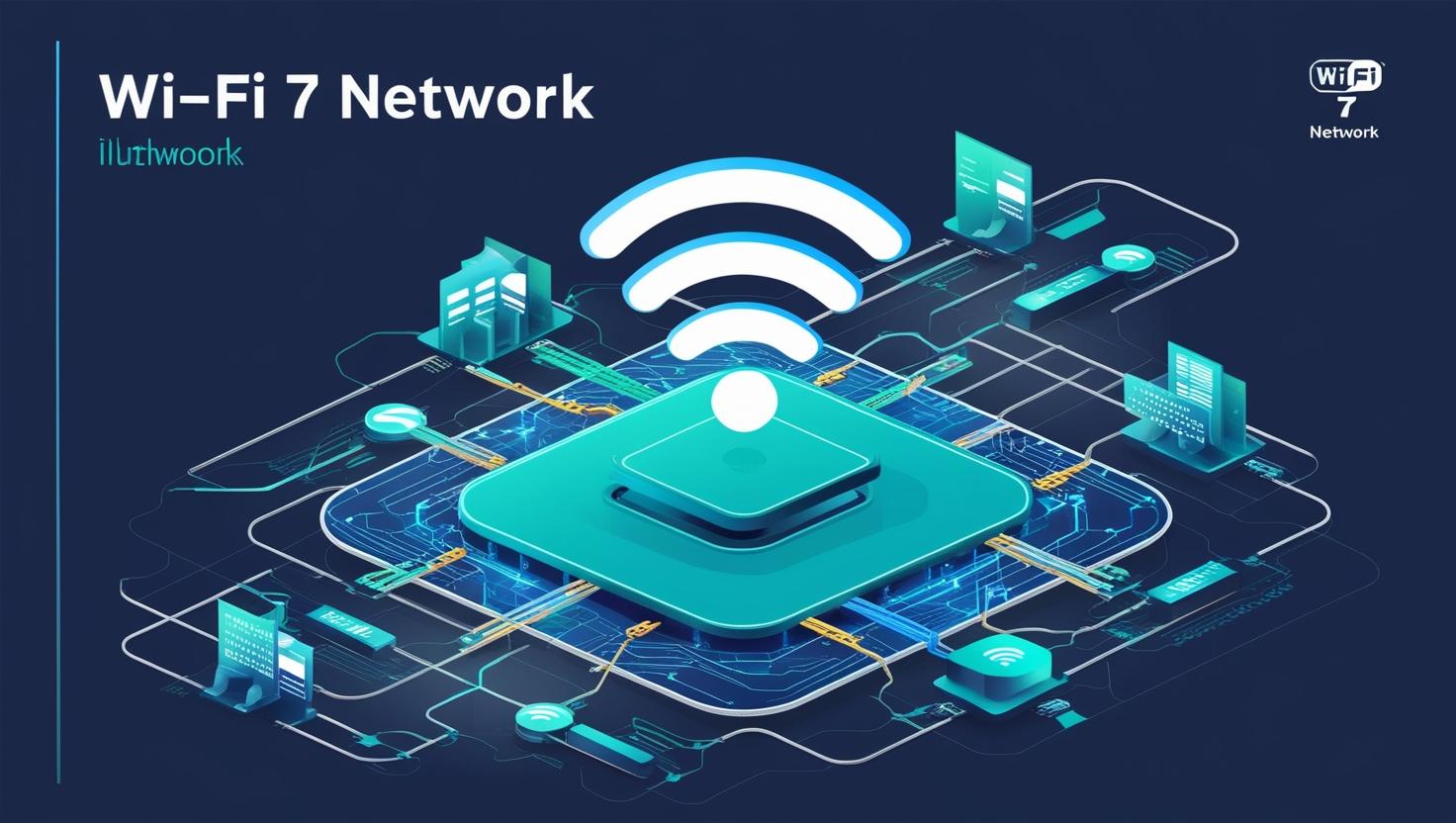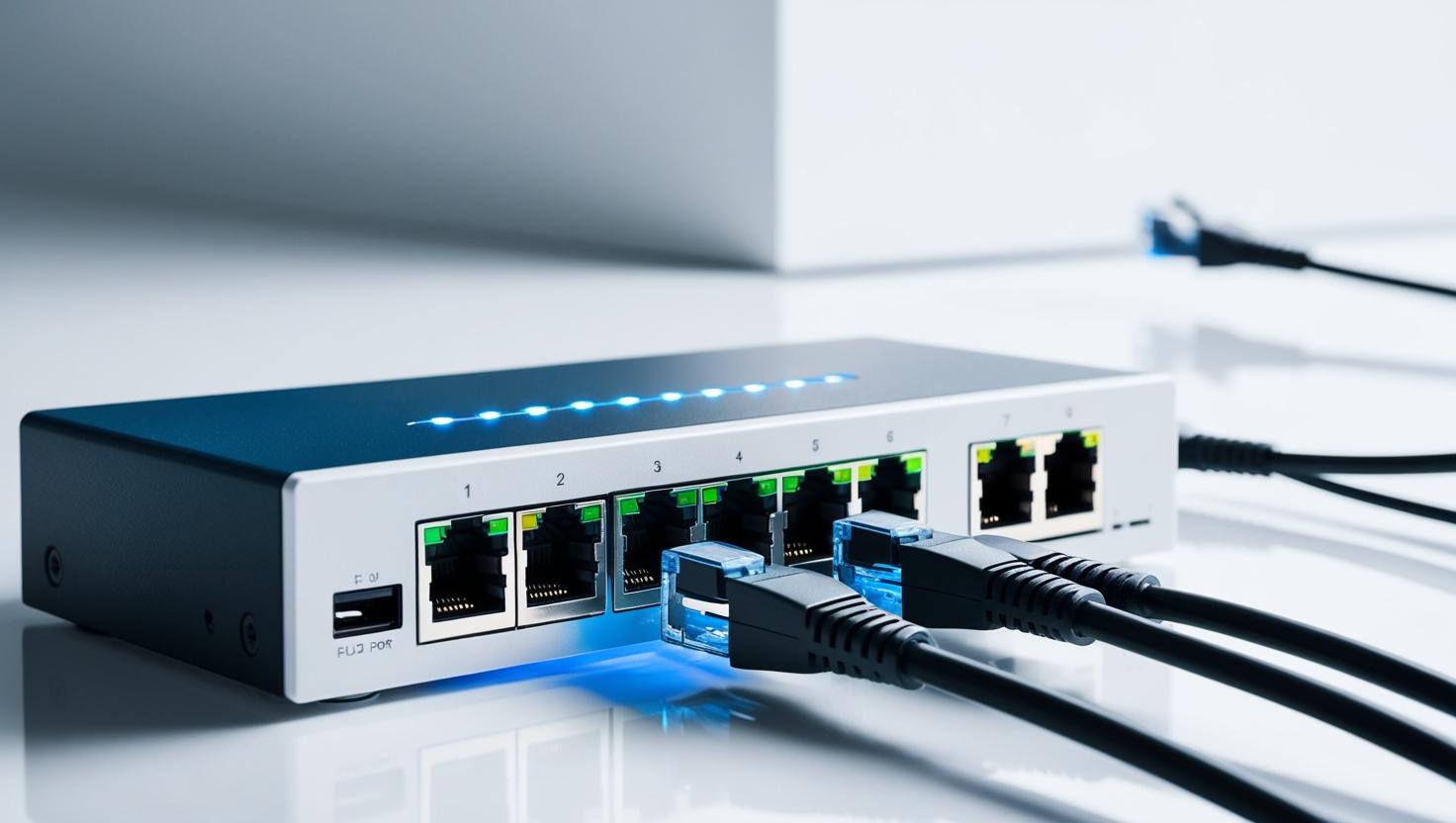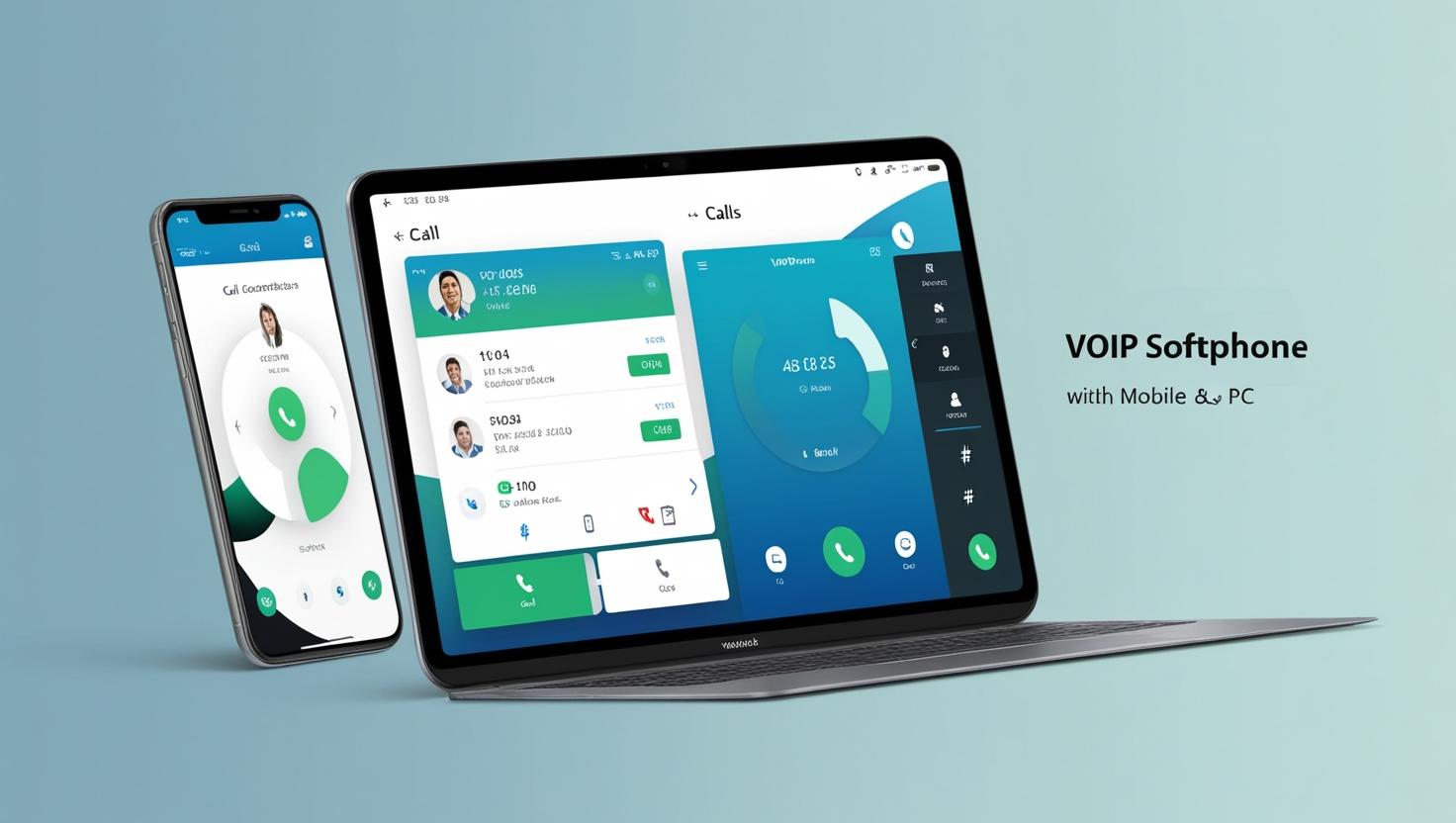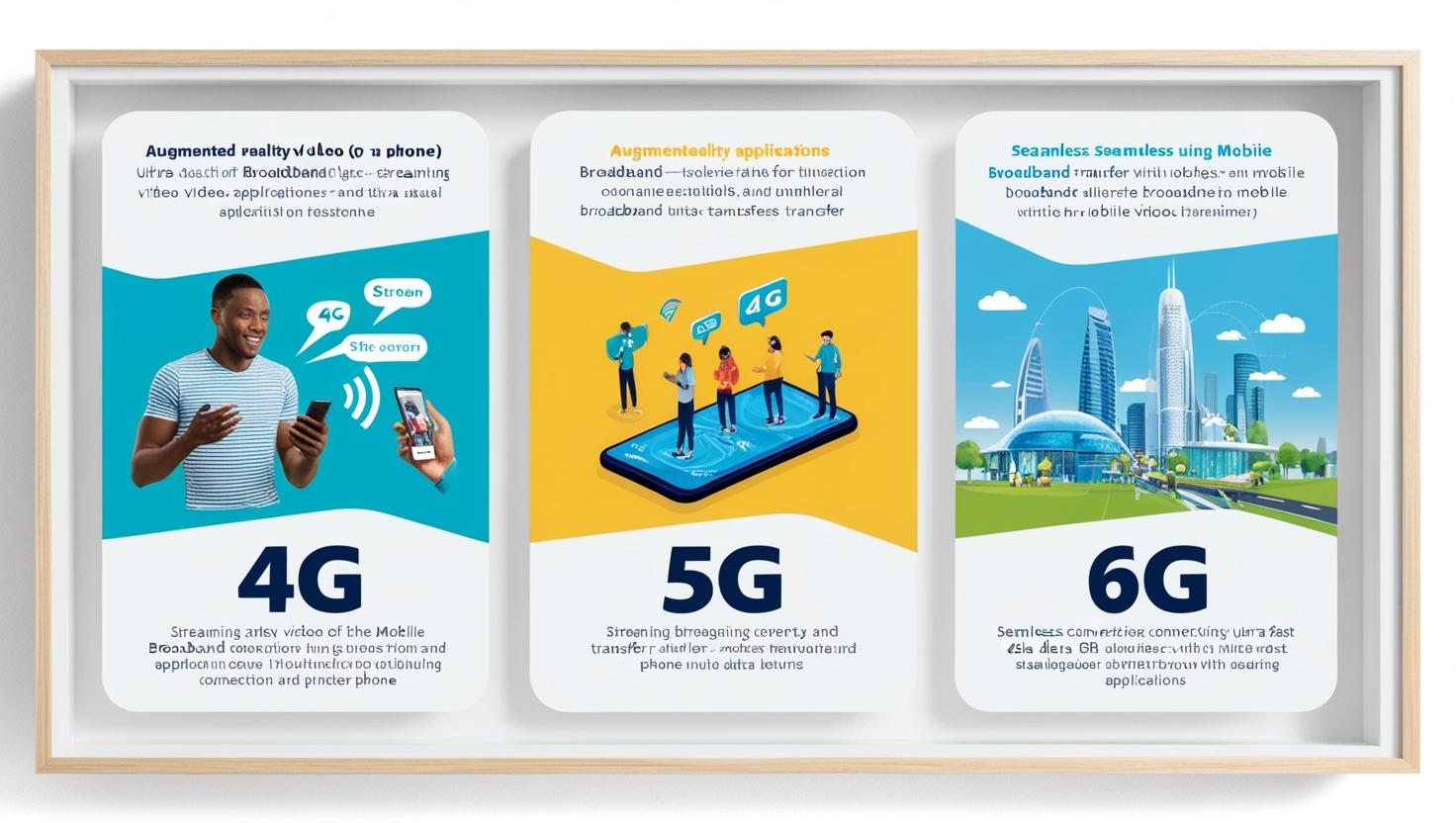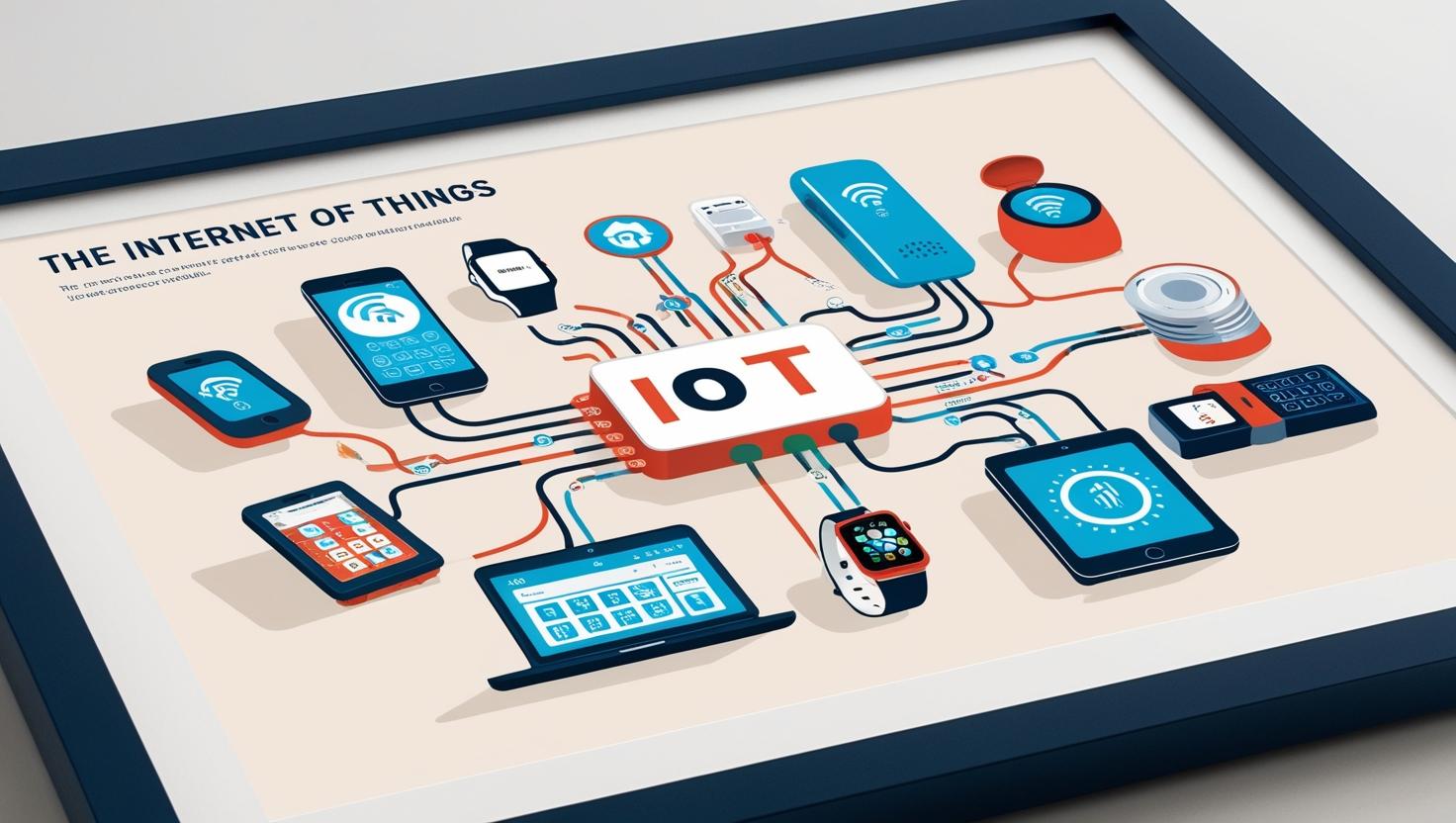
Knowledge Hub
This area is dedicated to helping you understand the intricacies of broadband and Wi-Fi, as well as providing practical tips for improving your connectivity.
We explain what VoIP is and how to prepare for the switchover to this modern communication method. Additionally, we break down complex terminology commonly used in the telecom industry, ensuring you grasp the essential concepts needed to navigate discussions with various providers confidently.
With this knowledge, we aim to enhance your overall experience with broadband and telephony services, making it easier for you to make informed decisions.
Dive in to discover how to optimize your internet connection and communicate effectively in the digital landscape.

Knowledge Hub
This area is dedicated to helping you understand the intricacies of broadband and Wi-Fi, as well as providing practical tips for improving your connectivity.
We explain what VoIP is and how to prepare for the switchover to this modern communication method. Additionally, we break down complex terminology commonly used in the telecom industry, ensuring you grasp the essential concepts needed to navigate discussions with various providers confidently.
Dive in to discover how to optimize your internet connection and communicate effectively in the digital landscape.

